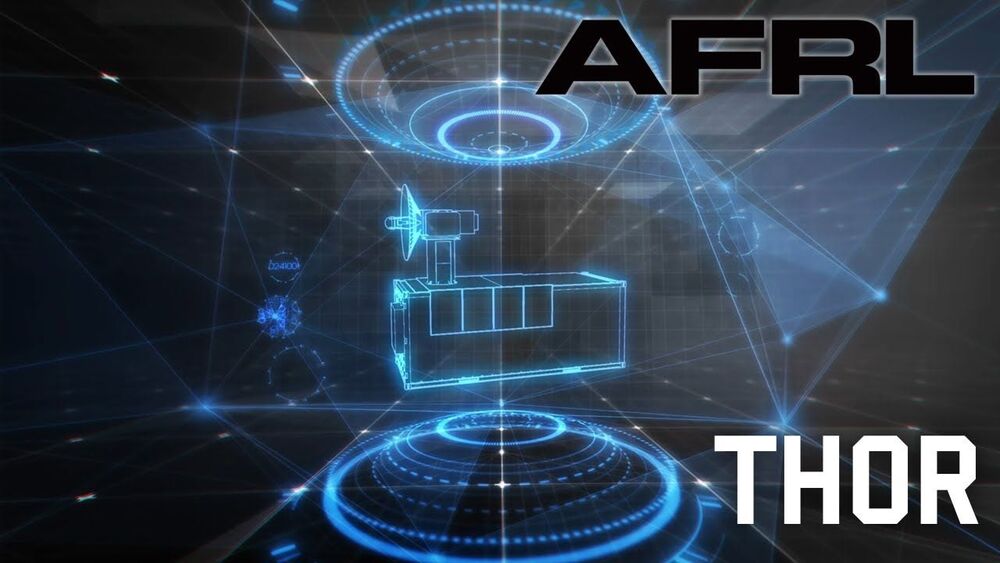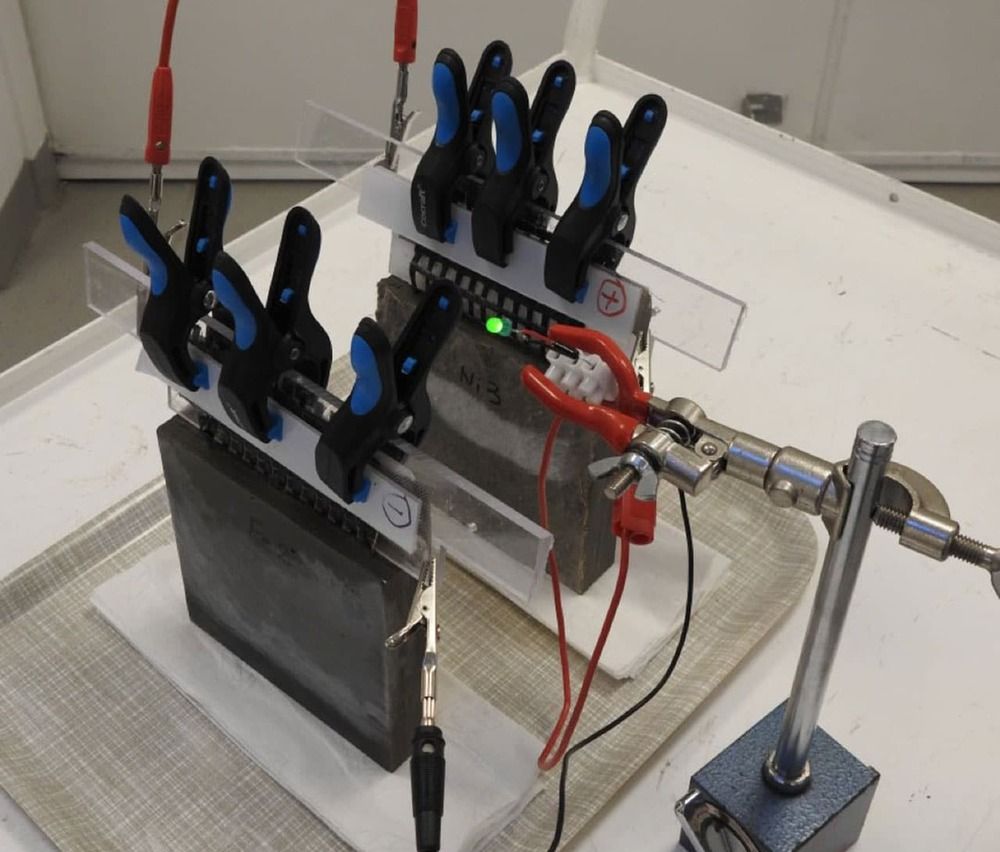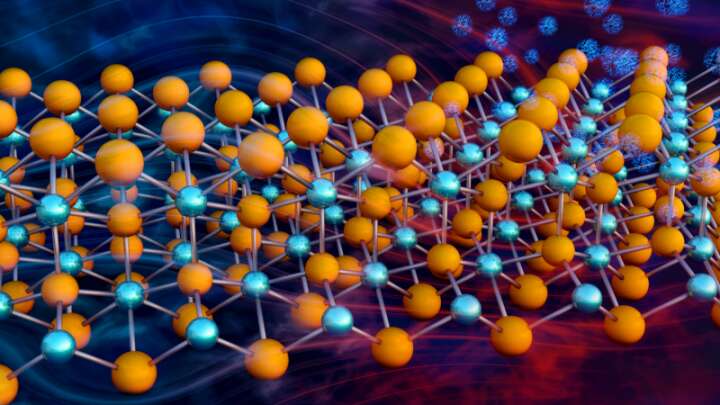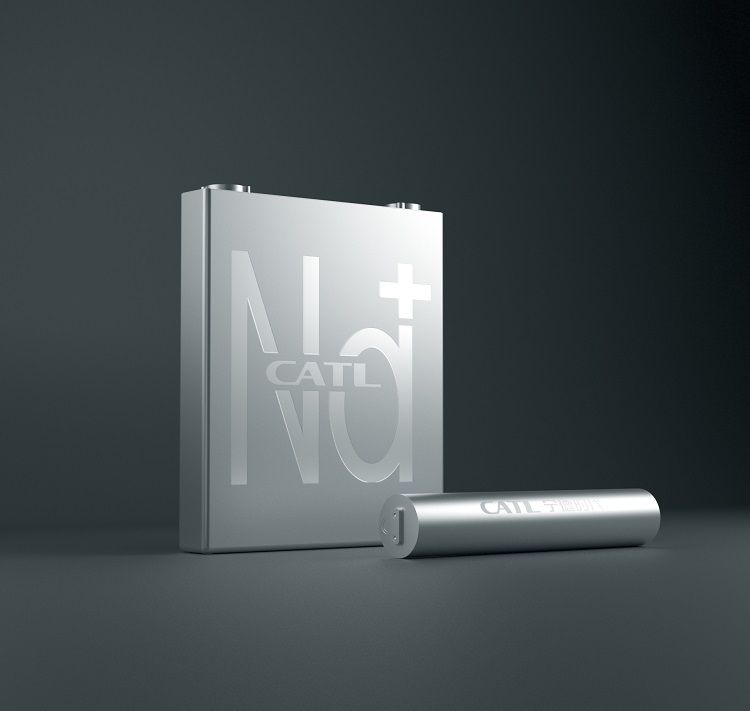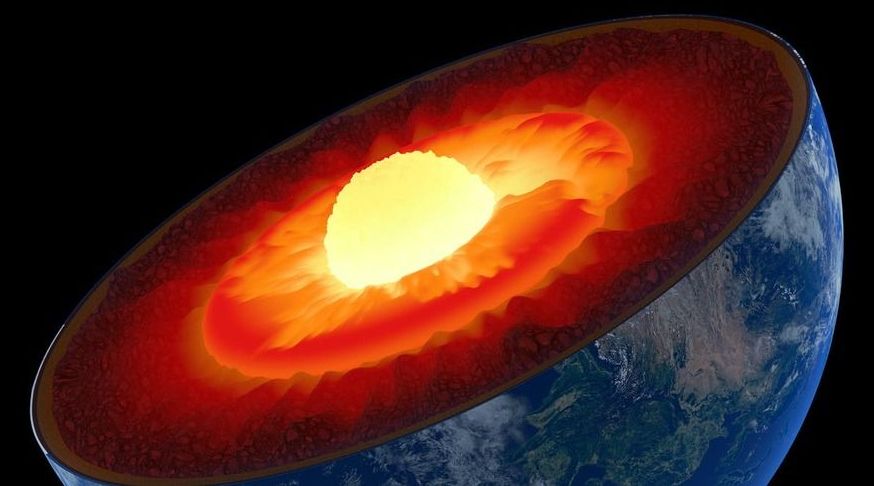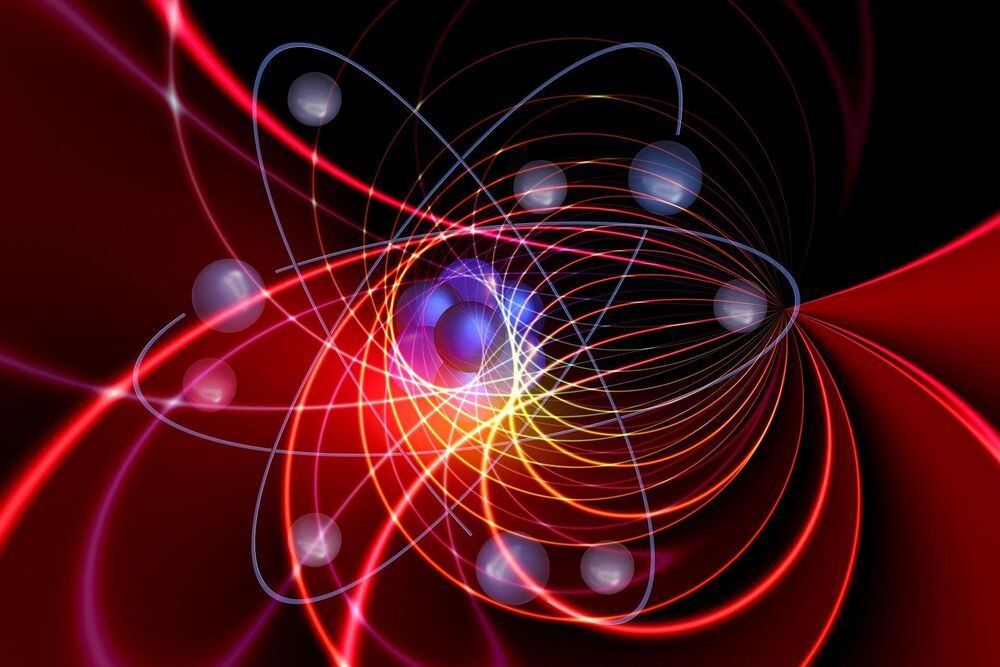Aug 5, 2021
Air Force Directed Energy Report Argues Defensive Force Fields May Be “Just On The Horizon”
Posted by Saúl Morales Rodriguéz in categories: drones, energy, military
The Air Force Research Laboratory at Kirtland Air Force Base has released a new analysis of the Department of Defense’s investments into directed energy technologies, or DE. The report, titled “Directed Energy Futures 2060,” makes predictions about what the state of DE weapons and applications will be 40 years from now and offers a range of scenarios in which the United States might find itself either leading the field in DE or lagging behind peer-state adversaries. In examining the current state of the art of this relatively new class of weapons, the authors claim that the world has reached a “tipping point” in which directed energy is now critical to successful military operations.
One of the document’s most eyebrow-raising predictions is that a “force field” could be created by “a sufficiently large fleet or constellation of high-altitude DEW systems” that could provide a “missile defense umbrella, as part of a layered defense system, if such concepts prove affordable and necessary.” The report cites several existing examples of what it calls “force fields,” including the Active Denial System, or “pain ray,” as well as non-kinetic counter-drone systems, and potentially counter-missile systems, that use high-power microwaves to disable or destroy their targets. Most intriguingly, the press release claims that “the concept of a DE weapon creating a localized force field may be just on the horizon.”
